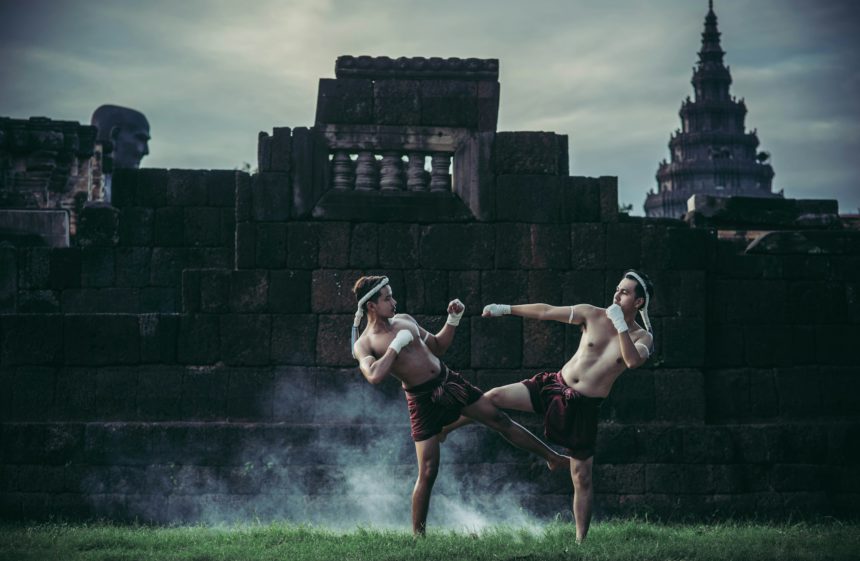Martial arts are an important aspect of ancient culture and traditions, with a history that spans thousands of years. These practices have evolved over the centuries, adapting to societal changes and significantly influencing the development of modern fighting sports.
The beginnings of martial arts can be found in ancient Asia, where different civilizations have developed fighting techniques and strategies to defend themselves against external threats. For example, in ancient China, martial arts were considered a form of military training and were mainly developed to protect their territory and population. These combat practices have spread over generations, becoming an integral part of Chinese culture.
Another civilization that made a significant contribution to the development of martial arts was Japan. The samurai, Japanese warriors, have developed a variety of fighting techniques and layersgypsies, called “budo”, which have become the foundation of Japanese martial arts. These practices were considered not only a form of struggle, but also a way of personal and spiritual development.
With the passage of time, martial art became increasingly popular among the general population and began to be practiced not only as a form of defense, but also as a way to maintain your health and develop your physical skills. Thus, martial art has evolved into a more accessible and practical form, adapting to the needs and requirements of modern society.
Lost secrets and transmitted legends: Traditions of martial arts that have resisted the passage of time
In addition to the evolution of martial arts, there are also a number of traditions and secrets that have been transmitted over the centuries, keeping themselves within schools and learning lines. These traditions and secrets add a spiritual and philosophical dimensionand martial arts, giving them a distinct cultural and historical value.
An example of tradition that has resisted the passage of time is the concept of “sense” in Japan. Sensei is a Japanese term meaning “master” or “teacher” and is used to designate a mentor or teacher in martial arts. This relationship between sense and student is considered sacred and based on mutual respect and trust.
Another important tradition in martial arts is respect for the opponent. In many martial arts schools, special emphasis is placed on the development of character and moral values, such as honour and respect for others. These values are considered essential in martial arts practice and are transmitted from one master to another.
In addition to the traditions and secrets transmitted in martial arts schools, there are also a number of legends and stories that have helped to promote and popularizeMartial arts. For example, Bruce Lee’s legend, one of the most famous martial arts practitioners of all time, has contributed to growing interest in this area and to the popularization of martial arts throughout the world.
In conclusion, the history of martial arts is a fascinating journey through time and ancient traditions. From ancient origins to modern practices, the evolution of martial arts has brought significant changes in the world of combat sports. Traditions and secrets preserved over the centuries add cultural and philosophical value to martial arts, transforming them into an important aspect of ancient culture and traditions.
